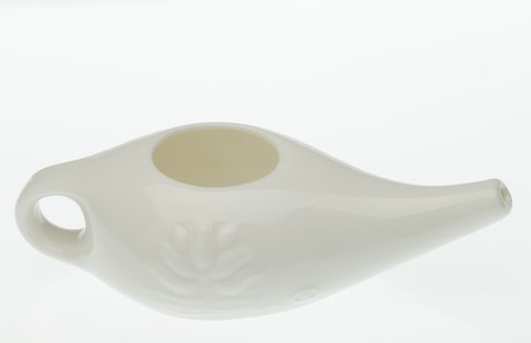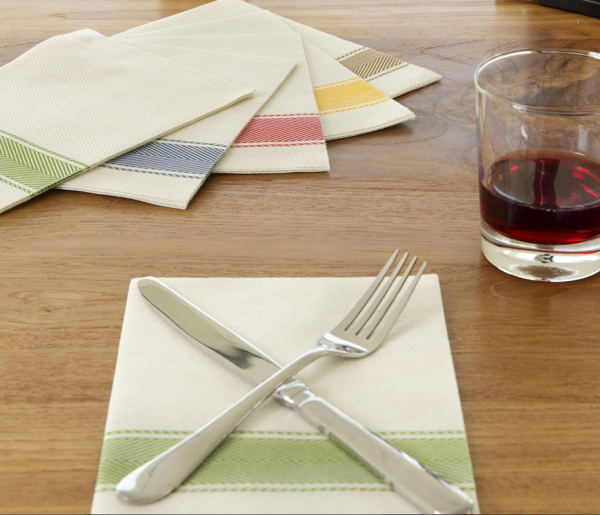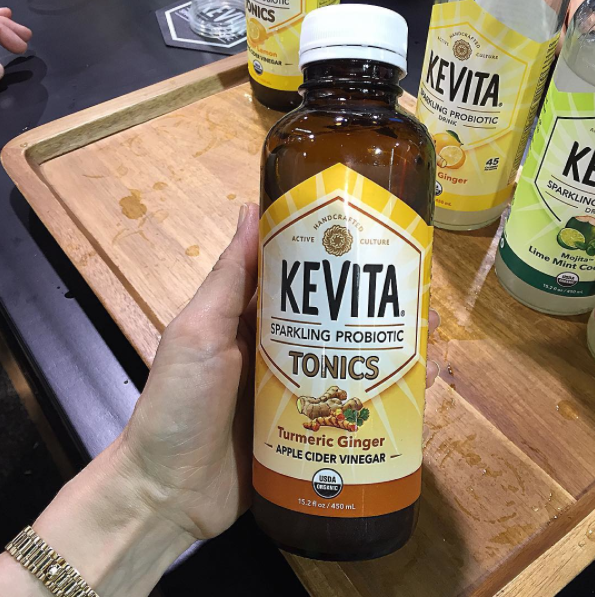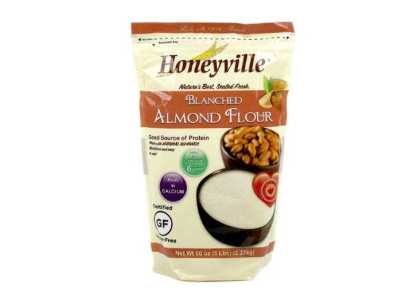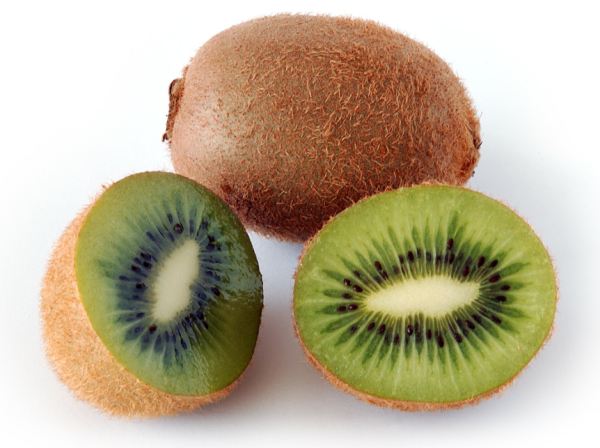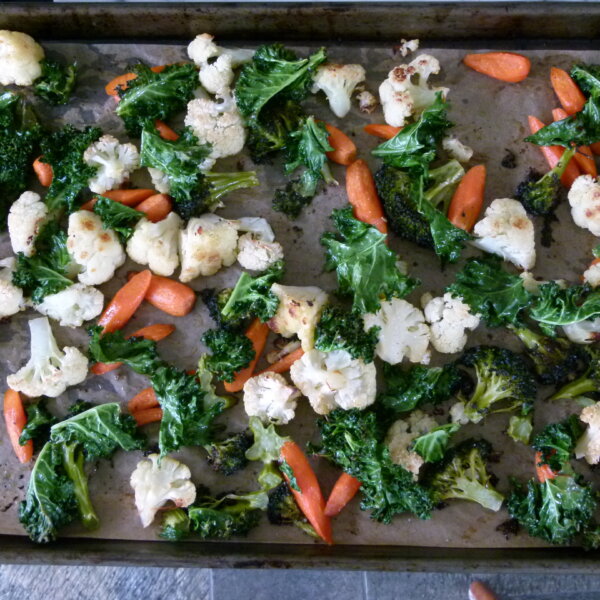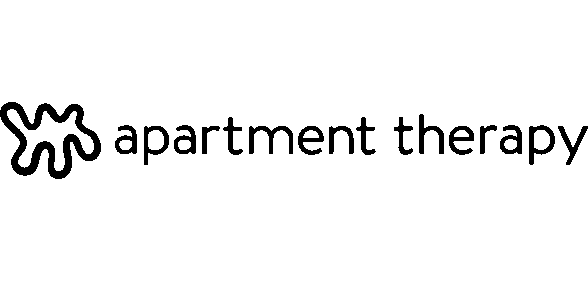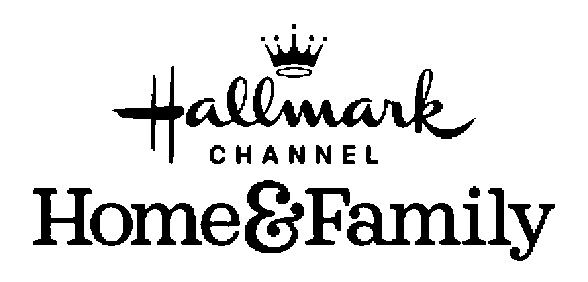
Hello, hello! It’s been a while since I’ve posted some favorites, but you know how it is when there’s a holiday coming up. Everyone needs recipes!
In my cooking classes the last few weeks, we’ve been chatting a lot about the pros and cons of eating grain-free, avoiding BPA and plastics, the effects of the cattle industry on the environment and why I think grass-fed beef is the way to go if do choose to eat meat. Lots and lots to talk about. Please share any of your opinions here on these subjects to continue the conversation!
Neti Pot
I have noticed a crazy amount of allergies this year. So many moms are complaining about colds and stuffy noses, as well. I have no idea what is happening in the environment or what strains of viruses are going around, but congested noses are no fun. Besides the obvious homemade stock, supplements and rest, I am a huge fan of the neti pot to help with nasal congestion. A neti pot is a small ceramic pot with a spout used for nasal irrigation, essentially flushing out your nasal cavity with a saline solution. It’s a lot easier than it sounds, in fact I taught all my kids to use a neti pot and they can do it just fine. It is AMAZING for cleaning the nasal passages and providing relief as well as shortening the duration of a virus. Nasal irrigation is especially good when the mucus is thick because it helps thin out the mucus and thus more effectively helps rid the nasal passages of bacteria and other irritants. Nasal irrigation is also helpful with sinus infections.
The neti pot is the best method I have found to irrigate the nasal passages, although it’s a little awkward the first time you try it. Essentially, you make a warm (not hot) saline solution by dissolving 1/4 teaspoon fine sea salt in 1 cup warm water and pour that through one nostril while tipping your head at a 45 degree angle in the opposite direction so that the water flows out the other nostril. You breathe out of your mouth and relax while this is happening. I always put a towel around the front of my son in case he misses ;). Then you blow your nose and clear it all out and it feels amazing. I always do both sides. Here’s a video to show you what I’m talking about.
Nasal irrigation is not something I would do regularly because you don’t want to clear out the good bacteria on a regular basis. I just do it as needed. I have one neti pot in all the personal bathrooms at our house as well as at my parents’ house when we visit them. You can find neti pots at Whole Foods and health food stores or on amazon for about $10 with free shipping.
The Napkins — chic disposable napkins
I am only sorry I didn’t post these napkins sooner! You would have been able to order them in time for Easter. My friend Nancy Sunkin has the most organized kitchen ever and what I admire so much about her organizational skills is that she actually has a small kitchen and is very creative with the space she has. I cook in a lot of amazing kitchens, but I think it takes more skills to organize a small one than a large one. I have encouraged Nancy to start an organizing business and she’s really close to doing that. If you live in LA, I’ll pass along her info when she’s ready to take clients. In the meantime, every time I teach in her house, I come away with some great new product. I don’t know where she sources half the stuff, but I am always grateful for the new finds, like these napkins.
I love, love, love these napkins, called “The Napkins.” The name may not be original, but these single-use, i.e. disposable, napkins are lovely and very high quality. They feel close to a regular cloth napkin. Just for the record, I am not a huge fan of disposables in general. And you and I can sit here for hours debating the pros and cons of disposables versus washing cloth napkins, but I think there is a time and place for disposables, especially ones that are so cute! The Napkins has a whole line of beautiful products, but I love the kitchen line, shown here. By no means are these cheap, so I went for the bulk “entertaining” package. For special occasions, I think these are fab!
KeVita Sparkling Probiotic Tonics
I think any way you can get good probiotics into your bod is a great idea. Most of us are in desperate need of having a better balance of good bacteria in our gut over bad to optimize our health. Read more about this in my most here. Kombucha has been a popular probiotic drink on the scene for a few years and although I have my favorites which taste delicious, I am a little confused by the addition of cane sugar in so many. I mean, I understand it makes the drink taste good, but doesn’t cane sugar defeat the purpose of adding probiotics? Cane sugar just feeds the bad bacteria.
So when I saw this sparkling probiotic tonic by KeVita that is sweetened with stevia (which doesn’t raise blood sugar or feed bacteria), my interested was piqued. It also happens to contain turmeric and ginger (major anti-inflammatory foods) and apple cider vinegar, which although it seems weird to drink and it’s kind of sour, is something I swear by! I drink a capful of unpasteurized apple cider vinegar in room temp water once a day and I am convinced it makes my skin look more clear. So I am very used to this taste and I find it pleasing. This drink is just sweet enough, but doesn’t have that strange stevia taste, probably because there’s not a lot of it.
I also think KeVita is an awesome company, having met the founder, Chakra Earthsong, a few weeks ago and loving hearing about her story. She’s the real deal, people. KeVita is not some poser company under a big corporation which also sells soda and other junk. It’s a small California company that wants to make high quality, health-supportive drinks. Chakra herself is a nutritional consultant and fermenter and is committed to using the best ingredients in her drinks: filtered water and everything organic, non-GMO, vegan and gluten-free. Even though KeVita has other drinks, I’m partial to the stevia-sweetned sparkling probiotic tonics, especially the turmeric-ginger one, which I recently purchased at Whole Foods.
Honeyville Blanched Almond Flour
I am not a grain-free baker, by any means. But I have been making more and more nut-based, higher protein baked goods for the kids to eat for breakfast. I am a protein pusher at breakfast-time, always making sure the kids consume protein before they walk out the door. Typical grain-based muffins and quick breads are rich in fiber, but not too much protein which I believe fuels the brain and helps keep blood sugar stable, the key for kids in school! My go-to flour for grain-free baking is blanched almond flour, which is NOT the same as almond meal. Blanched means the skins have been removed. Almond flour is almonds ground so super fine, almost dusty. Almond meal is coarser and heavier. Sometimes they can be used interchangeably, but in the case of muffins, cakes and quick breads, almond flour gives the best result. Natural almond flour contains the skins, which can be bitter and contain most of the phytic acid in the almonds. I always buy blanched almond flour.
You cannot substitute almond flour for a grain flour. There’s no gluten or starch, but there is fat and protein. Totally different product. You have to look for recipes which use almond flour and play around with subbing different flavors. I have several recipes on my site which use almond flour:
Grain-free Balsamic Roasted Strawberry Tart (the tart crust here is a great basic that you can fill a million different ways)
Almond Flour Cranberry-Orange Muffins (swap blueberries for the cranberries and lemon for the orange for a blueberry muffin, and so forth)
Banana Carrot Almond Flour Muffins (I love making 2 9-inch cakes with this recipe and filling it with dairy-free frosting for Passover)
Banana Chocolate Chia Almond Flour Muffins
Whole Wheat-Almond Thumbprint Cookies (obviously not grain-free, but a combo)
Honeyville is my favorite and I have been using it for years. Since Passover is coming up, I thought it would be a good time to buy some for some grain-free baking. I always wait for one of their sitewide sales to stock up, but I hear their almond flour is now available at some Costcos and it is also on amazon with prime shipping.
Seasonal Produce: Kiwis
Kiwis are fuzzy brown on the outside with a sweet-tart bright green flesh. Containing almost 20 vital nutrients, including five times the vitamin C of an orange in one serving, kiwis can legitimately be called a super fruit. Kiwis are also rich in vitamin A, K, E and B, potassium, copper, folate, and fiber. In California, the kiwi harvest begins in late September, with most of the fruit being harvested in October and early November which translates to plenty of fruit available in the winter through May.
Kiwifruits can be left to ripen for a few days to a week at room temperature, away from exposure to sunlight or heat. Placing the fruits in a paper bag with an apple, banana or pear will help to speed their ripening process. Ripe kiwifruits can be stored in the refrigerator.
I peel kiwis and slice them up to be eaten on their own or with yogurt. They go well with berries, especially strawberries, and they are beautiful on a fruit tart. You can take this tart and sub kiwis for some of the strawberries. I have also given kiwi halves to the kids in their lunch boxes with a spoon and they just scoop the flesh out of the peel. Here are some other recipes which use kiwis that look good:
Kiwi Summer Roll from Martha Stewart
Kiwi Agua Frescas from Parade Magazine
Kiwi and Mango Shake from Home Cooking Adventure

